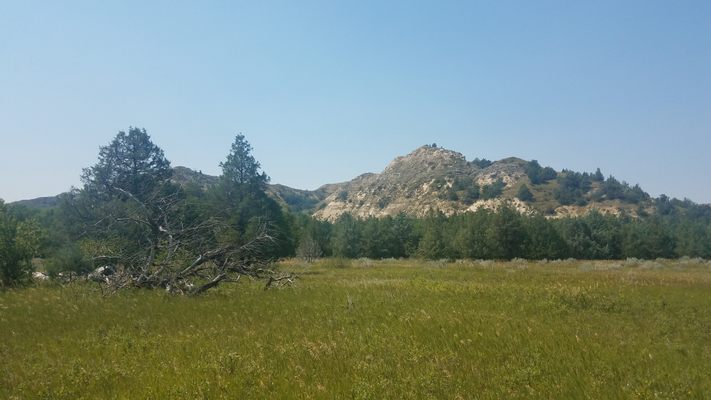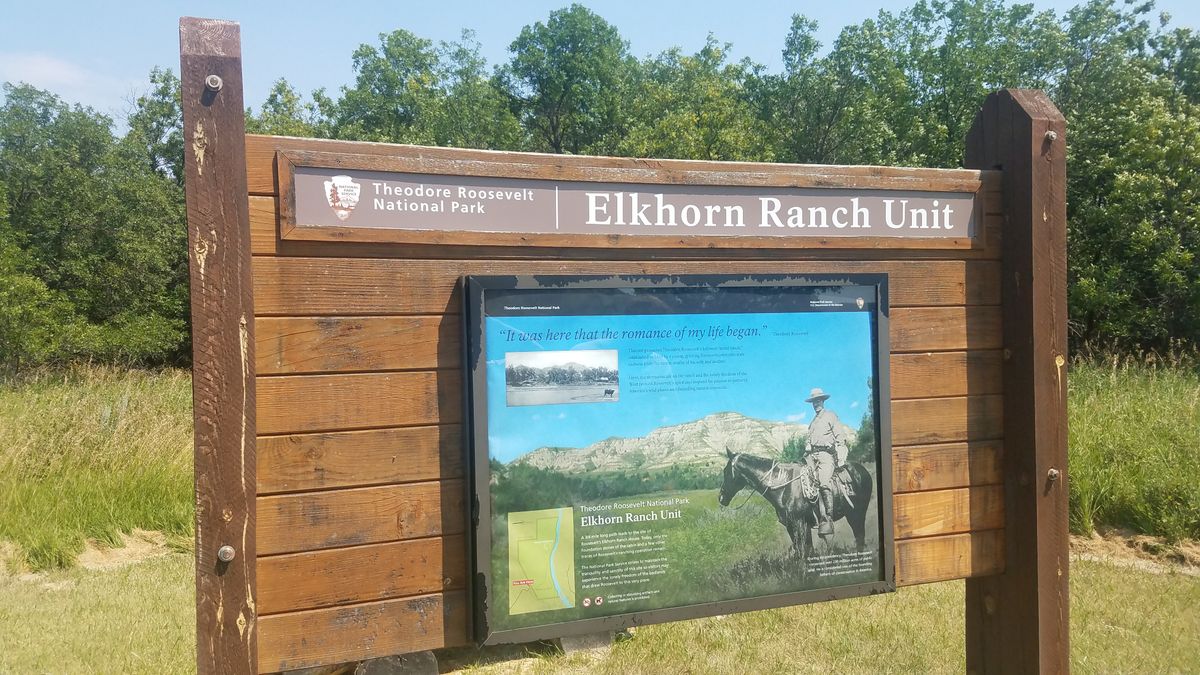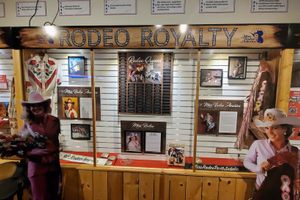About
Mere months after visiting the Dakota Territory on a buffalo hunting expedition, a young Theodore Roosevelt, back home in New York City, was struck with twin disasters on the same day. On February 12, 1884 his mother died of typhoid fever, and 11 hours later his wife died of kidney failure. In his diary for that day he drew a large “X” across the page and wrote below it “The light has gone out of my life.”
Although Roosevelt was a rising political star, he put this career on hold and moved out west to operate a ranch while processing his grief. On his original trip to the Dakotas, he had invested in the Maltese Cross Ranch in Medora, North Dakota. Wanting a more remote ranch, he bought a plot of land 35 miles north of Medora on the banks of the Little Missouri River. Roosevelt named this property Elkhorn Ranch after finding the skulls of two elk with their antlers entangled on the site.
During the next few years, Roosevelt traveled back and forth between his two ranches (and occasionally back to New York City) but preferred the quiet remoteness of Elkhorn Ranch, where the nearest neighbors were miles away and he could spend his days when he wasn't busy with ranch work by sitting on the porch of the house, reading in a rocking chair.
The winter of 1886 and 1887 was exceptionally harsh, however. Blizzards swept across the Dakotas and cattle all over the west perished. Roosevelt lost around 60 percent of his herd to the freezing winter storms, and with his ranching ventures crippled, he recommitted himself to politics. He abandoned the Elkhorn Ranch in 1890 and sold it in 1898. In the years after Roosevelt sold the property, it fell into neglect and the structures on it were torn apart for scrap materials by new owners.
After Roosevelt's death, the federal government took an interest in preserving the remote badlands that helped shape the character of the iconic American president and began acquiring land for a possible future park. On April 25, 1947, the Theodore Roosevelt National Memorial Park was established and later, in 1978, the park's boundaries were expanded and it was rededicated as Theodore Roosevelt National Park.
Today, the site of Theodore Roosevelt's Elkhorn Ranch is preserved within the park, although there isn't much that would hint to what was formerly there. Several stones remain of what was the foundation of the ranch house, and informational signs recounting the history of the ranch and surrounding area line the trails.
Related Tags
Know Before You Go
The site of the ranch is in the Elkhorn Ranch Unit of Theodore Roosevelt National Park. There is a small parking area but no amenities nearby. From the parking lot it is about a half-mile walk to the former location of the ranch. Before driving to Elkhorn Ranch, consider checking with park rangers about road conditions. Most of the roads to Elkhorn Ranch are dirt and gravel and the area may be hard to reach after storms. Park rangers at the visitor centers in the North and South Units can provide maps and instructions for accessing the remote section of the park.
Community Contributors
Added By
Published
February 4, 2019





























